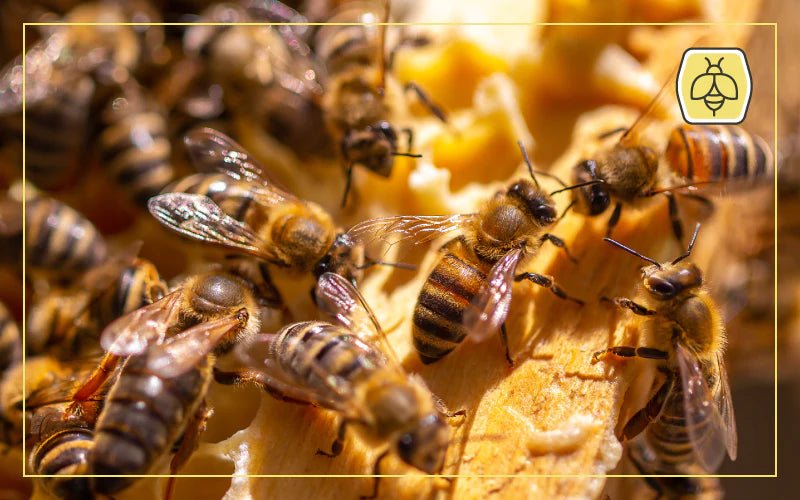
Beekeeping 101: The Basics of Beekeeping for Beginners
|
|
Time to read 3 min
 You are being redirected to QC Supply Pharmacy, where you’ll find a wide selection of high-quality prescription and pharmaceutical products for animals of all sizes.
Enjoy the same great service and expertise you trust from QC Supply.
Click below to continue shopping.
Continue
No thanks, stay on the main site
Powered by
You are being redirected to QC Supply Pharmacy, where you’ll find a wide selection of high-quality prescription and pharmaceutical products for animals of all sizes.
Enjoy the same great service and expertise you trust from QC Supply.
Click below to continue shopping.
Continue
No thanks, stay on the main site
Powered by


|
|
Time to read 3 min
Beekeeping is a rewarding way to connect with nature, with an extra sweet bonus of honey at the end of every season. For beginners, however, starting can be daunting. Here, we answer some frequently asked questions to help you embark on your beekeeping journey with confidence.
The most cost-effective way to begin beekeeping is to purchase package bees and a basic Langstroth hive. This setup includes a simple box with frames and a wax-coated foundation where bees can start laying eggs and storing honey.
What should I do before I start beekeeping?
Education and research are always the best first steps. Learn about bee biology, beekeeping equipment, and local regulations. Consider joining a local beekeeping community for support and guidance. Also, ensure sufficient space for your future hive with a convenient water source and proper predator protection.
The best time to start a honeybee farm is in early spring. This timing allows your bees to establish a strong colony, build honey stores, and take advantage of the nectar flow during spring and summer.
A typical starting point is a package of bees, which includes approximately 10,000 bees and a queen. This quantity is sufficient to build a healthy colony, as it allows the bees to maintain the brood pattern and support the queen in laying eggs.
Initial costs can range anywhere from $500 to a couple of thousand, depending on the size of your farm. Your first investment will include the price of a hive, protective gear, tools, and the bees themselves. Remember, investing in quality equipment can save you money in the long run.
Italian, Carniolan, or Buckfast Bees are the most common choices for beginners. Your final decision will depend on your local climate and each bee race's characteristics. For example, Italian bees are often recommended for beginners due to their gentle nature and productivity. They are less prone to swarming and are excellent honey producers, making them easier to manage.
New beekeepers often face challenges such as managing pests like varroa mites, ensuring the queen is laying properly, and maintaining the hive. Additional concerns include seasonal management, such as ensuring bees have enough honey stores for the winter or managing the hive during the nectar flow. Perform regular inspections and stay connected with local beekeepers to mitigate these issues.
Beekeeping for beginners may seem complex, but with patience and practice, it becomes deeply satisfying. Start small, keep learning, and engage with the beekeeping community to ensure your bee venture is both productive and fascinating.
Find everything you need for beekeeping in our complete selection of products, including hive frames, gear, and more.
Did we miss any key information? Drop a comment below! Still have questions? Give our experts a call today at 888-433-5275.